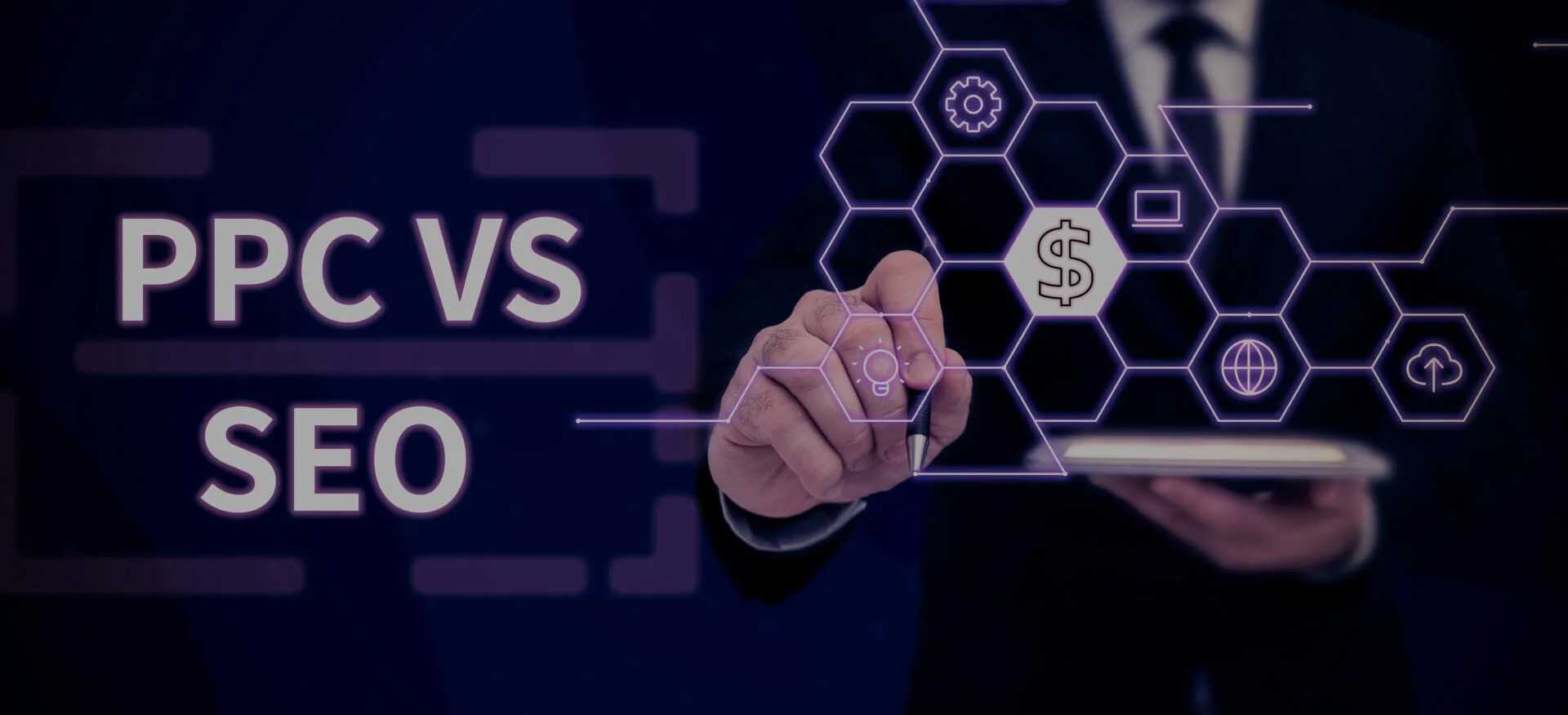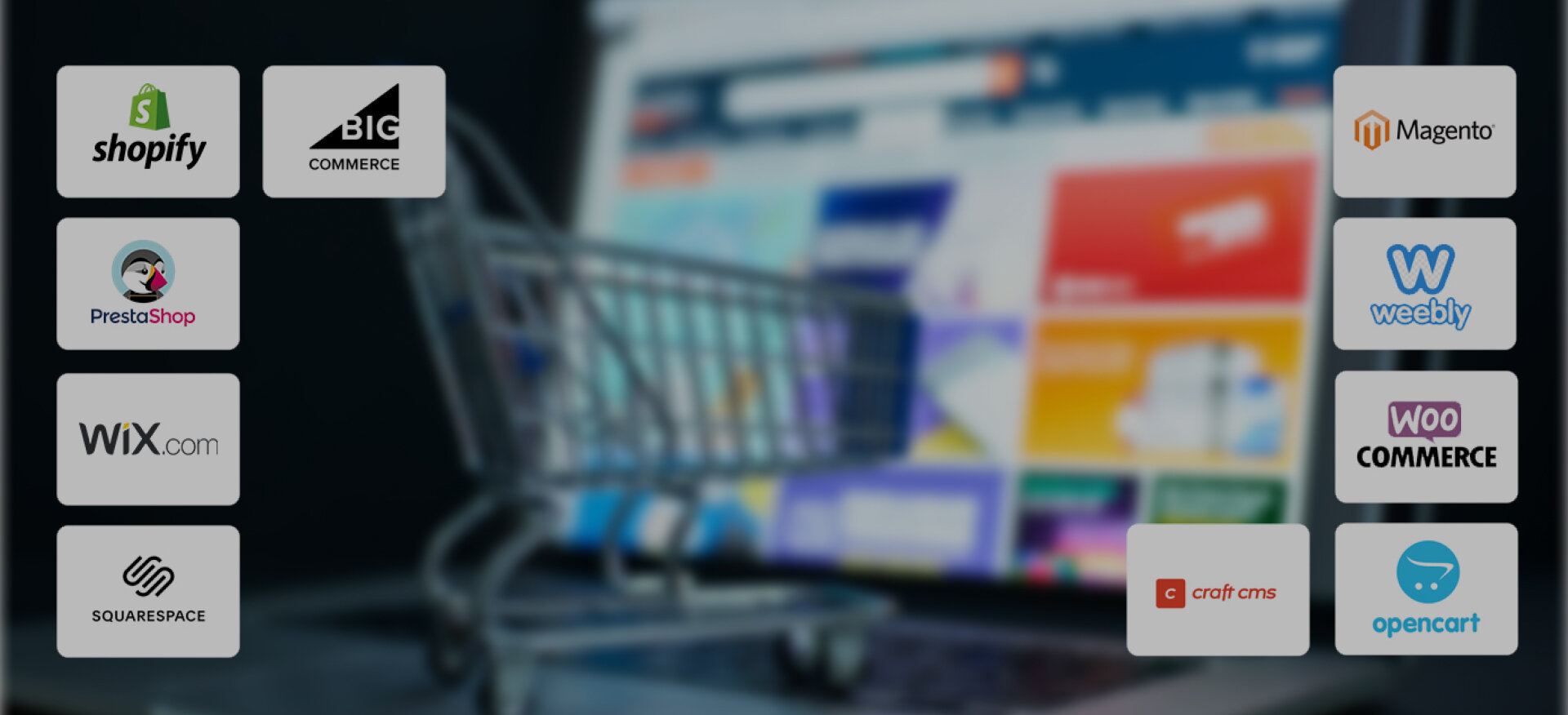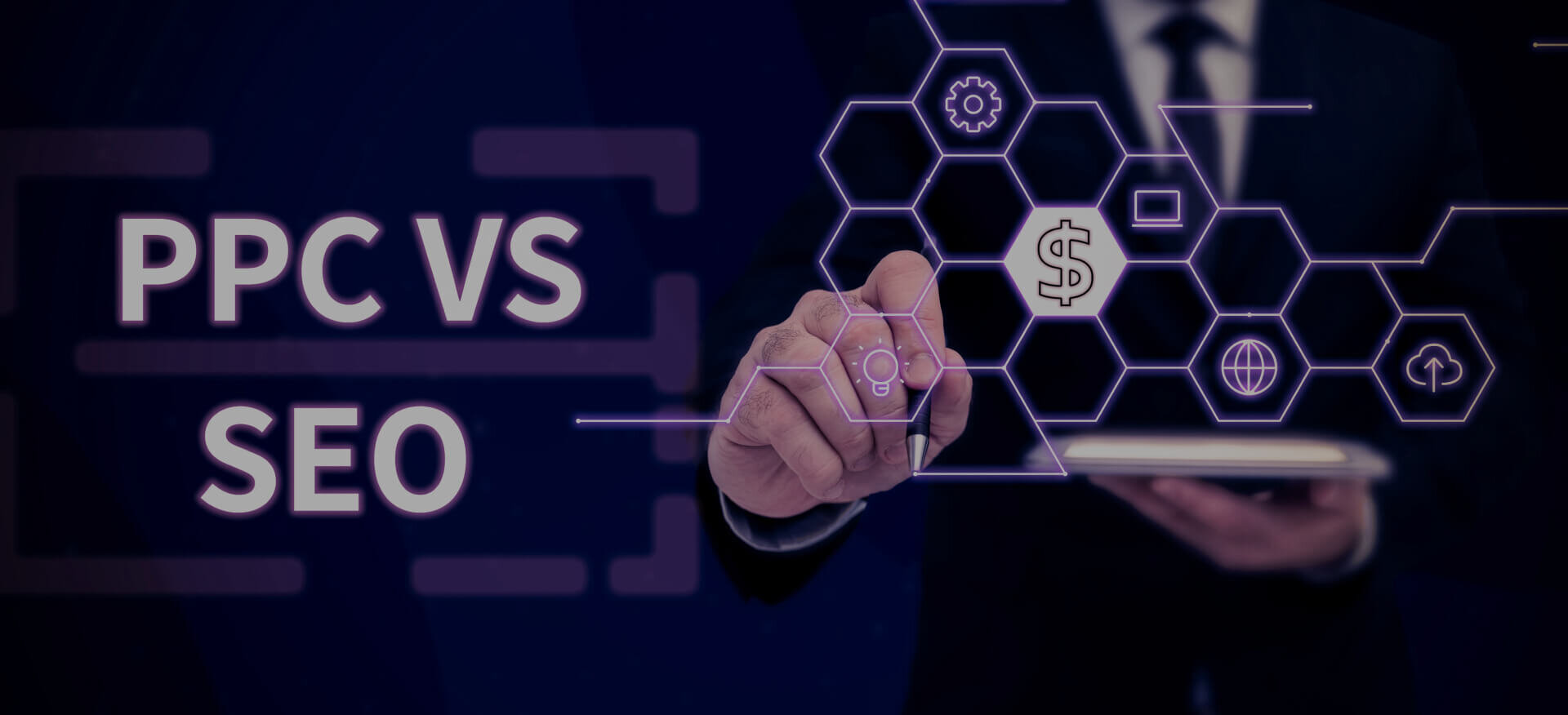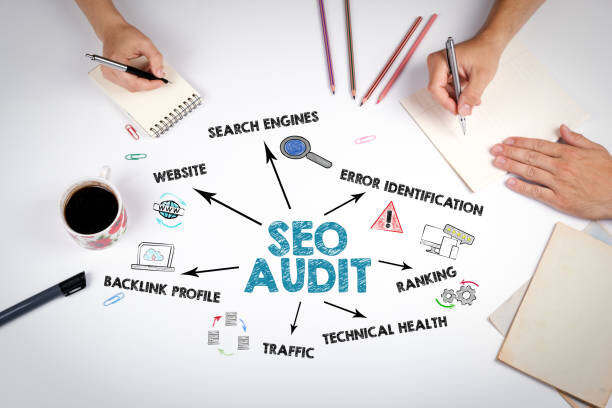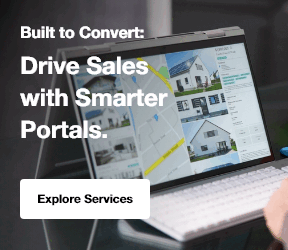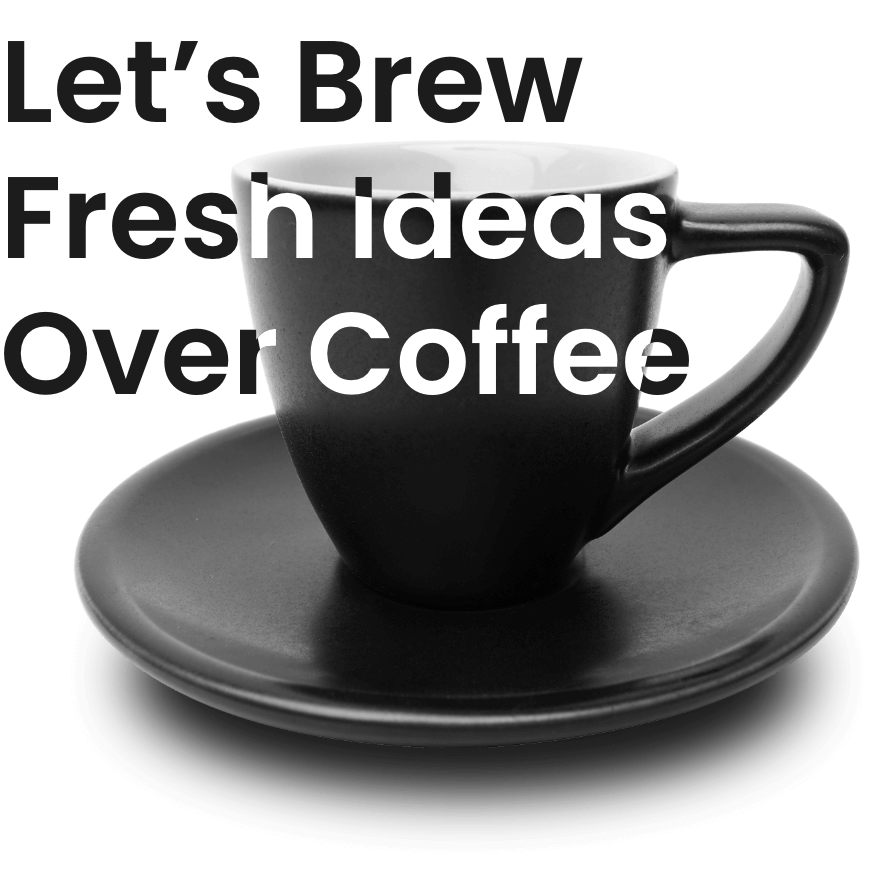In the world of digital marketing, SEO (Search Engine Optimization) and PPC (Pay-Per-Click) are two of the most common strategies used to drive traffic to websites.
Both approaches aim to increase visibility and reach, but they work in very different ways.
SEO focuses on organic search engine rankings by optimizing a website’s content, structure, and technical aspects.
The goal is to appear in the search engine results pages (SERPs) naturally, without paying for ad placements. It is a long-term strategy that involves building trust and authority over time.
When comparing SEO vs PPC, the main difference lies in the fact that PPC is a paid advertising model where marketers bid on keywords and pay for each click on their ads.
Ads appear at the top or bottom of search engine results and on various other platforms. Unlike SEO, PPC offers immediate visibility and results but requires ongoing investment.
Understanding the difference between SEO and PPC can help businesses decide which strategy or combination of both is the best fit for their goals, timeline, and budget.
What Is SEO?
Search Engine Optimization (SEO) is the practice of enhancing a website's visibility in search engine results pages (SERPs) to attract organic (non-paid) traffic.
By optimizing various elements of a website, SEO aims to improve its ranking for relevant search queries, making it easier for users to find and engage with the content.
The key components of SEO are:
1. On-Page SEO
This involves optimizing elements within your website that you control. Key aspects include:
- Keywords: Researching and incorporating relevant keywords into your content whether you’re writing about industry topics or comparing tools like the best website builders for small business to attract your target audience.
- Content: Creating high-quality, informative, and engaging content that meets user intent.
- Meta Tags: Crafting compelling title tags and meta descriptions to improve click-through rates.
- Headings: Using appropriate heading tags (H1, H2, H3) to structure content for readability and SEO.
2. Off-Page SEO
These are actions taken outside your website to influence your rankings. Important factors include:
- Backlinks: Acquiring high-quality links from reputable websites to build authority.
- Social Signals: Engaging with users on social media platforms to increase brand awareness and traffic.
- Brand Mentions: Earning mentions of your brand across the web, even without direct links
3. Technical SEO
This focuses on improving the technical aspects of your website to enhance its performance and crawlability.
Key areas include:
- Site Speed: Ensuring fast loading times to improve user experience and rankings.
- Mobile Optimization: Making sure your website is responsive and performs well on mobile devices.
- Crawlability: Structuring your website so search engines can easily crawl and index its pages.
When businesses weigh SEO vs PPC, it’s essential to recognize that strong SEO foundations, through on-page, off-page, and technical optimizations, provide lasting value, improving rankings, organic traffic, and overall user experience.
What Is PPC?
Pay-Per-Click (PPC) is a digital advertising model where advertisers pay a fee each time their ad is clicked. This model allows businesses to buy visits to their site, rather than attempting to earn them organically.
PPC is commonly associated with search engines like Google Ads and Bing Ads, as well as social media platforms such as Facebook, Instagram, and TikTok.
Many e-commerce owners also ask, how does Shopify work in tandem with PPC ads when running campaigns for their online stores.
The most common platforms for PPC Advertising include:
- Search Engines: Google Ads, Bing Ads
- Social Media: Facebook, Instagram, LinkedIn, TikTok, Twitter
- E-commerce: Amazon Advertising
- Display Networks: Google Display Network, Microsoft Audience Network
Here are some of the major components of PPC:
1. Keyword Research
Identifying the right keywords is important for targeting the appropriate audience. Effective keyword research ensures that your ads appear for relevant searches, maximizing the potential for clicks and conversions.
2. Ad Copywriting
Crafting compelling ad copy is essential to attract attention and encourage clicks. A well-written ad should be clear, concise, and include a strong call-to-action (CTA).
3. Bidding Strategy
Determining how much to bid for each click is a key aspect of PPC. Bidding strategies can include manual bidding, automated bidding, target CPA (Cost Per Acquisition), and ROAS (Return on Ad Spend).
4. Landing Pages
The page users land on after clicking an ad should be relevant, user-friendly, and optimized for conversions. A well-designed landing page can significantly improve the effectiveness of a PPC campaign.
Explore Our Performance Marketing Services!
Pros and Cons of SEO and PPC
SEO is a long-term strategy focused on optimizing a website to rank higher in organic search results. Its advantages include cost-effectiveness over time, increased credibility, and sustainable traffic.
PPC, on the other hand, offers immediate visibility by paying for ad placements in search results. It provides precise targeting, measurable ROI, and quick results. The downsides are ongoing costs, potential click fraud, and the need for constant optimization to maintain performance.
Here are the pros and cons of SEO and PPC:
|
Aspect |
SEO (Search Engine Optimization) |
PPC (Pay-Per-Click Advertising) |
|
Cost Structure |
No direct cost per click; involves investment in content creation, technical optimization, and link building. |
Pay per click; costs accumulate based on keyword competitiveness and ad placement. |
|
Time to Results |
Takes time to see results; typically 3–6 months to achieve significant rankings. |
Provides immediate visibility and results upon campaign launch. |
|
Sustainability |
Offers long-term, sustainable traffic once top rankings are achieved. |
Traffic stops immediately when the ad budget is exhausted. |
|
Credibility |
Users often trust organic results more, enhancing brand credibility. |
Paid ads may be perceived as less trustworthy; "Ad" label can deter some users. |
|
Control & Targeting |
Limited control over ranking factors; success depends on search engine algorithms. |
Full control over ad placement, targeting options (e.g., demographics, location), and budget. |
|
Maintenance |
Requires ongoing effort and updates to maintain rankings and adapt to algorithm changes. |
Requires continuous monitoring and optimization to ensure ad performance and cost-effectiveness. |
|
Competition |
Highly competitive for top rankings, especially in lucrative industries. |
Competitive bidding can drive up costs; success depends on bid strategy and ad quality. |
|
Best Use Cases |
Long-term growth, building brand authority, and capturing organic traffic. |
Immediate traffic, promoting time-sensitive offers, and targeting specific demographics. |
Combining SEO and PPC
Combining SEO (Search Engine Optimization) and PPC (Pay-Per-Click) advertising creates a powerful digital marketing strategy that leverages the strengths of both approaches to maximize online visibility, drive targeted traffic, and enhance conversions.
Here are some of the key benefits of integrating SEO and PPC:
Integrating SEO and PPC strategies enhances online visibility, improves click-through rates, and provides valuable insights for optimized targeting and content development.
1. Enhanced Visibility
Appearing in both organic and paid search results increases brand presence on the search engine results page (SERP), leading to higher click-through rates (CTR) and greater user trust.
2. Comprehensive Data Sharing
Insights gained from PPC campaigns, such as high-converting keywords, can inform SEO strategies, while SEO data can help refine PPC targeting, leading to more efficient use of marketing budgets.
3. Improved Conversion Rates
By optimizing landing pages for both organic and paid traffic, businesses can provide a seamless user experience, increasing the likelihood of conversions.
Explore Our Digital Marketing Services!
How to Integrate the Strategy of SEO and PPC?
Integrating SEO and PPC strategies creates a powerful synergy that enhances online visibility, drives targeted traffic, and improves conversion rates.
Here's how combining these approaches can maximize your digital marketing efforts
1. Keyword & Conversion Insights
PPC campaigns provide immediate data on which keywords and ad messages drive conversions. This information can inform SEO content strategies, allowing you to target high-performing keywords with proven user intent.
2. Enhanced SERP Coverage
Appearing in both paid and organic search results increases brand visibility and credibility. This dual presence not only builds trust but also helps answer questions like, what is the digital marketing strategy that tracks users across the web?, since remarketing campaigns often overlap with SEO insights.
3. Shared Creative Testing
A/B testing headlines, calls-to-action (CTAs), and landing page elements in PPC ads uncovers what resonates with your audience. These high-performing messages can then be incorporated into SEO titles and meta descriptions to boost organic engagement.
4. Retargeting SEO Traffic
Visitors who arrive through organic search but leave without converting can be re-engaged through PPC remarketing campaigns. This follow-up helps bring them back and improves the likelihood of conversion.
5. Smarter Budget Allocation
As SEO traffic grows steadily, PPC spend can be shifted toward time-sensitive offers, competitive keywords, or new campaigns. This approach ensures each channel plays to its strengths while maximizing overall return on investment (ROI).
Ultimately, the SEO vs PPC debate is less about choosing one over the other and more about aligning their strengths, so businesses can create a cohesive search strategy that balances immediate results with long-term growth, leading to a more effective and responsive digital marketing plan.
By aligning SEO and PPC efforts, businesses can create a cohesive search strategy that balances immediate results with long-term growth, ultimately leading to a more effective and responsive digital marketing plan.
Future of AI in SEO and PPC
Artificial Intelligence (AI) is revolutionizing digital marketing by enhancing both Search Engine Optimization (SEO) and Pay-Per-Click (PPC) strategies.
Many small business owners even wonder, is Shopify legit as they explore AI-powered tools for advertising and analytics.
By leveraging AI, marketers can achieve smarter targeting, efficient content creation, and data-driven optimization, leading to improved performance and return on investment.
Integrating AI into both SEO and PPC strategies creates a cohesive and adaptive digital marketing approach.
AI-driven insights improve campaign efficiency and results, ensuring that marketing initiatives are not only efficient but also highly effective.
As AI tools evolve, even choices like affordable web hosting for small business become part of integrated marketing considerations.
By leveraging AI, marketers can enhance targeting precision, optimize content creation, and automate repetitive tasks, allowing for a more responsive and data-driven marketing strategy. This integration ensures sustained growth and competitiveness in the digital landscape.
Strategic Applications of Integrating SEO vs PPC
Integrating SEO and PPC strategies enhances digital marketing efforts by increasing visibility, improving targeting, and driving higher conversions.
Here are some key strategic applications of integrating SEO and PPC:
- Promotions and Scheduled Events: Utilize PPC for immediate visibility and traffic, ideal for time-sensitive campaigns.
- New & Innovative Products: Combine SEO and PPC to drive instant awareness through PPC while building long-term discoverability and trust via SEO.
- Clients with a Short-Term Exit Plan: Prioritize PPC to achieve fast results and lead generation without waiting on organic search rankings.
- Branding: Employ both SEO and PPC to build authority over time with SEO and ensure consistent brand visibility across key searches with PPC. Tracking results can be streamlined by using the best SEO reporting tool, which integrates campaign data across both channels.
- Local Business Expansion: Focus on SEO to boost map listings, reviews, and regional keyword rankings to support local growth.
- Competitive Market: Leverage both SEO and PPC to increase dominance by occupying both paid and organic positions on the SERP. In highly competitive industries, working with a tech marketing agency can ensure you dominate both paid and organic listings
- Limited Budget: Opt for SEO to offer compounding value with lower ongoing costs compared to pay-per-click campaigns.
- Broad Target Audience: Utilize PPC and Paid Social to allow for wide reach and demographic targeting that SEO alone can't deliver quickly.
- Niche Markets with Specific Keywords: Rely on SEO to effectively target precise, low-competition keywords with clear intent.
- Establishing Trust and Credibility: Focus on SEO as organic rankings are perceived as more trustworthy than ads, helping build long-term authority.
Conclusion: SEO vs PPC
Search Engine Optimization (SEO) and Pay-Per-Click (PPC) advertising are two fundamental digital marketing strategies, each with its unique advantages and considerations.
SEO focuses on building long-term organic visibility through content optimization, technical improvements, and backlinking, making it a cost-effective choice for sustained growth.
Even privacy-conscious users comparing Duckduckgo vs Google rely on SEO to discover businesses in search results.
However, it requires time to yield significant results and demands ongoing effort to maintain rankings.
In the broader discussion of SEO vs PPC, it becomes clear that PPC offers immediate visibility by placing ads at the top of search engine results pages.
On the other hand, PPC offers immediate visibility by placing ads at the top of search engine results pages.
This approach is ideal for time-sensitive campaigns, such as product launches or seasonal promotions.
While PPC provides quick traffic, it necessitates a continuous budget and can be costly, especially in competitive markets.
The optimal strategy depends on your business objectives, timeline, and resources. For businesses aiming for rapid results and having the budget to support ongoing advertising costs, PPC may be the preferred option.
Conversely, if the goal is to build a strong online presence over time with a focus on long-term ROI, investing in SEO is advisable.
Thus, by leveraging the strengths of both strategies and incorporating performance marketing services, companies can maximize their online presence, drive targeted traffic, and enhance overall performance.
